The lion (Panthera leo) is one of the largest cats
Lions are the epitome of grace and strength, revered by cultures throughout history as symbols of power and courage. With their distinctive manes and mighty roars, these big cats command attention and awe wherever they roam. Whether they are lounging in the sun or fiercely hunting their prey, lions exude an effortless beauty that has captivated humanity for centuries. These majestic creatures truly are the kings of the jungle.
The lion owes the nickname “king of animals” to the appearance of its dense, truly royal mane. The natural habitat of the second largest (after the tiger) cat is the dry areas of the South African savannah. Lions can also be found in… India.
Lions (Panthera leo) are large carnivorous felines that are found primarily in sub-Saharan Africa. They belong to the family Felidae, which includes other big cats like tigers, leopards, and jaguars. Lions are apex predators, meaning they sit at the top of the food chain and play an important role in maintaining the balance of their ecosystem. They are known for their characteristic mane, which is a distinguishing feature of male lions and serves to attract mates and intimidate rivals.
Lions are social animals, and they live in groups called prides, which consist of related females and their cubs and a dominant male or coalition of males. Lions are known for their powerful roar, which can be heard for up to 8 km away and is used to communicate with other lions, especially during mating or territory disputes. Although lions once had a widespread distribution across Africa, Asia, and Europe, their populations have greatly declined due to habitat loss and hunting, and today they are classified as a vulnerable species by the International Union for Conservation of Nature (IUCN).
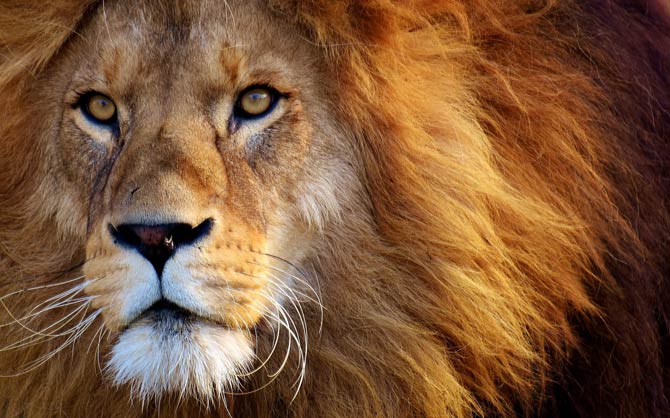
African lion and Asiatic lion
In this article we present the characteristics of lions, while you will find a detailed description of two subspecies in separate articles: African lion and Asiatic lion.
Classification
- Kingdom: Animalia
- Phylum: Chordata
- Class: Mammalia
- Order: Carnivora
- Suborder: Feliformia
- Family: Felidae
- Subfamily: Pantherinae
- Genus: Panthera
- Species: Panthera leo
Occurrence
Although the African lion is an inseparable symbol of Africa, it should be known that lions once inhabited Asia, Europe, North and South America. Currently, only the Asiatic, Persian lion (Panthera leo persica) lives outside of Africa, which lives in the Gir Forest National Park in the state of Gujarat, northwest India. More than 400 lions live there (411 individuals, including 97 adult males, 162 adult females, 75 almost adult cats and 77 young lions – data from April 2010).
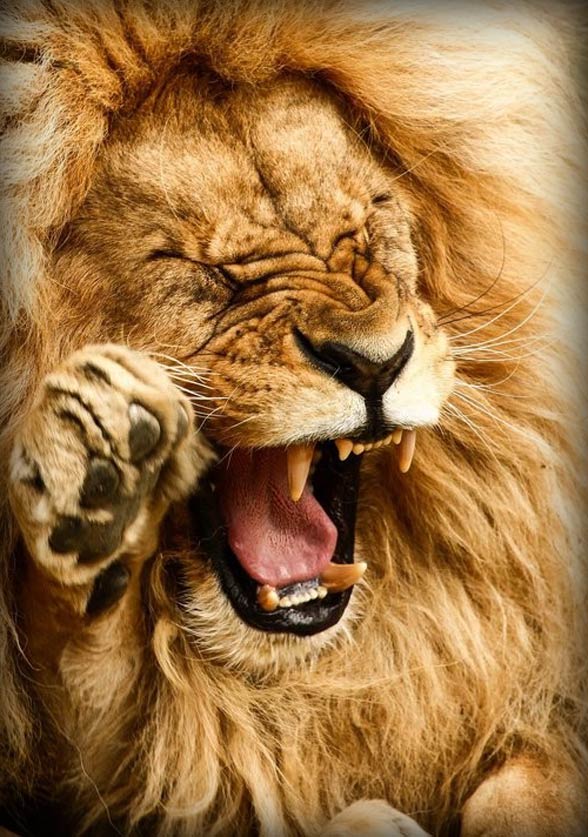
Lion’s mane
This animal is undoubtedly the best known large predator. Nevertheless, there are still many hypotheses about the function of the lion’s mane. It is most likely used to give signals within the herd, and it can also protect the neck from getting hurt when fighting other animals.
The mane of a lion signifies his strength and health. The more lush the mane is, the more dangerous the lion looks and has a better chance of defending its territory. The conducted research shows that the appearance of a lion’s mane influences the choice of a male by females (lionesses). A lion’s mane darkens with age. Originally, the lions most likely did not have a mane. The mane appeared in male lions probably in the period of 300-200 thousand. years BC
Lions have an exceptionally massive body structure, which, combined with high efficiency, makes them the most perfect land predators. The jaws of these giant cats are perfectly suited to grasping and killing prey, and extra-large canines can easily stick into the victim’s body. Lions are very clever, so they often feed on prey taken from other predators.

Lions live in family groups
Lions, unlike other cats, are not loners (although the solitary lifestyle often affects old lions driven out of the herd by the alpha male). Lions live in herds known as family groups. Such a herd is subject to the strongest male and includes other males, several related females, and young lions.
Hunt – lion is an effective hunter
Lions work in groups when hunting large animals. The herd can surround the prey and chase them, while the individual hunter has much less possibilities. A hunting lion alone could not defeat a buffalo, for example.
Hunting usually takes place at night. The lions silently sneak up on the victim, and then, when they are close enough, they catch the unfortunate in a few leaps, grabbing him by the neck. A moment later it is all over. There is a strict hierarchy when sharing your prey. First, the lions eat food, then the lionesses, and then the lion cubs.

Lion victims
The victims of lions are mainly easily panic-stricken ungulates, such as wildebeest and zebra. It happens that they also hunt wild boars, deers, African buffalos and domestic animals. Old and infirm lions sometimes attack people. Mainly females prey, males feed on game hunted by lionesses or taken from other predators.
Ease of breeding
Lions are often found in zoos and circuses due to the ease of breeding in captivity. Sometimes it is even necessary to limit their reproduction.

White lions
Based on the current knowledge and conducted research, it was determined that the white lion is most often an albino animal (albino lion). There are, however, among lions, similarly to tigers, cases of natural, completely white coloration. The white color is caused by the so-called recessive gene that must be present in both parents, which is extremely rare. The white color darkens with age, resembling ivory. Just like in the case of white bears, whose white fur turns yellow with age.
Most white lions alive today are born as a result of the cross-breeding made by humans and live in captivity. Since zoo-bred white lions come from at least three different genetic lines, this allows us to be optimistic about the possibility of recreating a larger population, so effectively exterminated by mindless hunters for whom killing a white lion was an unusual trophy.
More on this in the article: White Lions.

Detailed data / size
Lion (Panthera leo)
- Length of the body with a tail: up to 300 cm (9ft 10in)
- Body length:
- males: 184–208 cm (72–82 in)
- females: 160–184 cm (63–72 in)
- Tail length:
- males: 82.5–93.5 cm (32.5–36.8 in)
- females: 72–89.5 cm (28.3–35.2 in)
- Height: up to 123 cm (4ft 0.4in)
- Weight: up to 280 kg (617lb)
- males: on average: 186.55–225 kg (411.3–496.0 lb)
- females: 118.37–143.52 kg (261.0–316.4 lb)
- Lifespan:
- in the wild – 20 years
- in captivity – 30 years.

Lion – curiosities
- Lions can see perfectly in all conditions. Their pupils quickly adapt to the changes in lighting.
- During the Ice Age, lions of gigantic proportions lived in Europe and Siberia.
- An adult lion needs to eat 5-7 kg of meat a day.
- Lions are the only cats living in the herd.
- Lions sleep up to 12 hours a day, although they can sleep up to 19 hours! So they are only 5 hours are active!
- A lion can reach speeds of up to 60 km/h in a short distance – see: The fastest animals in the world.
- The first documented case of a white lion encounter dates back to 1928.
- Lions are the only cats to live in family groups.

Recommended
- African lion
- Asiatic lion
- White lions
- Fights of animals
- Big cats
- Black panther
- Snow leopard
- Saber-toothed tiger
- Lions
- Tigers
- White tigers
- Sumatran tiger
- Bengal tiger
- Liger
- Fastest animals
- Fastest birds




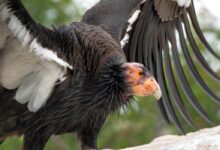





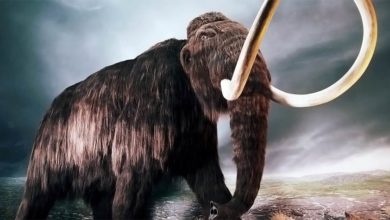


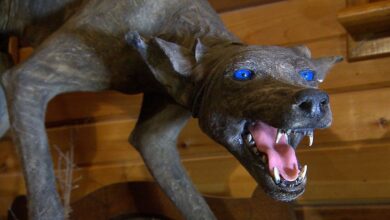

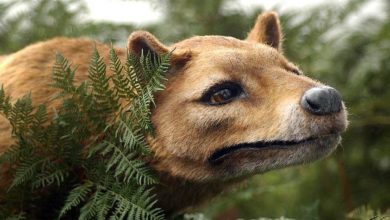



This article is very informative about the king of the jungle (Lion). It gives a complete picture of lions’ habitat, occurrence, classification, and characteristics. Thanks a lot for giving huge information.